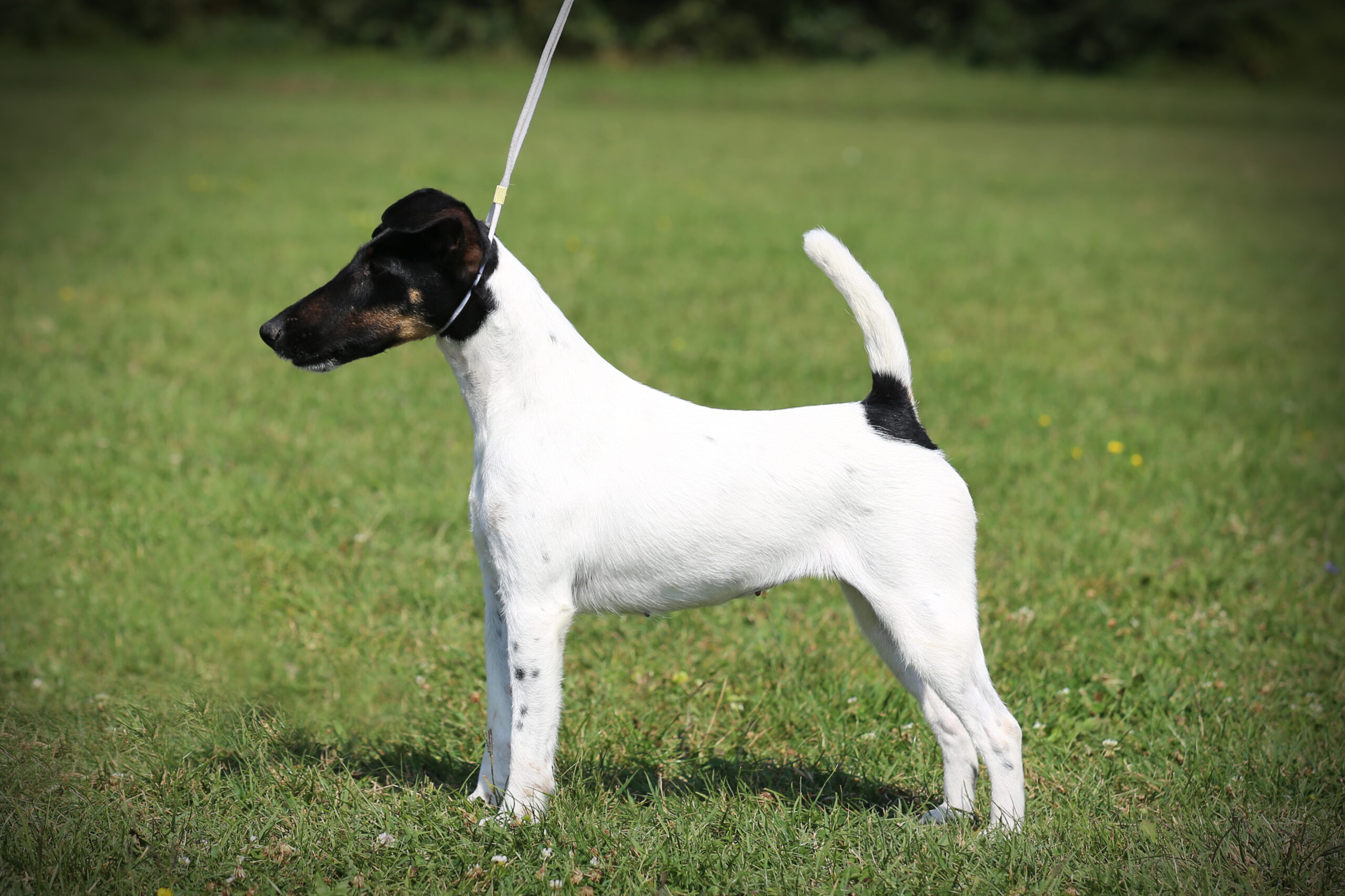
17 Aug How to Teach a Dog to Smile
How to Teach a Dog to Smile
It takes a little more effort than other techniques to teach a dog to smile, but it is doable. Reward the dog’s conduct when it is content and at ease. Dogs don’t smile the same way that humans do, and although it seems like a smile to us, to the dog it is mild panting with the mouth slightly open. This behavior happens when the dog is having fun, getting scratched in the appropriate spot, or at the end of a game. The secret is to teach your dog that this is the desired action at the exact appropriate time.
Bear in mind that not all dogs who smile are happy dogs!
For this trick, you must be very familiar with dog body language. Dogs do not grin when they are happy like people do, so teaching your dog to do so is odd.
A dog usually does one of two things when she displays her teeth:
- You can see a “submissive grin” on her face.
- She is growling.
When anxious and attempting to defuse a stressful situation, dogs will submissively grin. It resembles the dog equivalent of raising your hands. Although a snarl will also display your dog’s teeth, you shouldn’t educate your dog to perform this action as a party trick! Instead, we advise tickling your dog’s whiskers to get him to smile. Later, we’ll talk more about that.
Step 1
Start when your dog is content and at ease, such as after playing or while the dog is receiving a good scratch. With your fingers from above, gently lift the dog’s lips on either side of its snout. With your other hand, cling to a reward.
Step 2
Step 2 Instruct the subject to smile in a jovial, high-pitched voice. Give the dog the treat as you’re doing this. In the same jubilant voice, pat and compliment. Several times, repeat this.
Step 3
Play a game with the dog’s preferred toy. Play tug, retrieve, or ball. If you have more than one dog, work with the one you are training one-on-one so that it has your whole focus. Ask the dog to smile with a treat at the conclusion of the game. Give a treat and lots of praise while using the command word, such as “nice smile,” if the behavior is demonstrated.
Repetition is a key
Repetition is essential in teaching your cat to grin. The more you grab the keys, yell “smile,” and reward your dog when it flashes its teeth, the more likely it is that it will learn these cues and begin to obey you. Never let it appear that you are dissatisfied if your dog doesn’t understand the command. Your pet will be less motivated to learn if it feels like it is failing you, and you may never educate your dog to obey your commands. It can also make it impossible for you to teach your dog new skills.
Consistency
Consistency is one of the key components of an effective training method. For best impact, we advise scheduling your workouts at the same time every day. Your dog will start to develop a schedule and depend on you to follow it. Missing training days at various periods might confuse your dog and lengthen the time it takes for him to learn. Less than 10 or 15 minutes should be spent on each training session, and you should only practice the same command a few times. Try not to teach your child too many skills at once. For one day, 5–15 trials should be plenty; otherwise, you run the danger of confusing the dog or agitating it.









No Comments